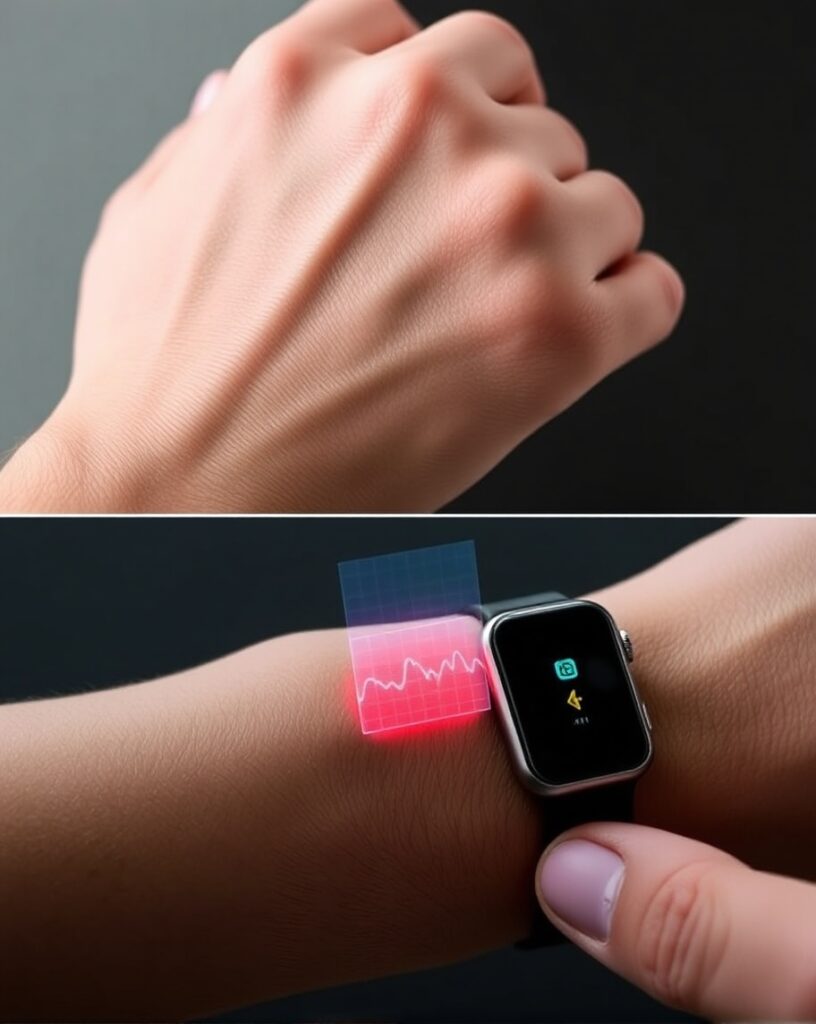Uncategorized
The Pulse Revolution: How Monitoring Your Heartbeat is Shaping the Future of Medicine #2

Traditional Methods of Pulse Measurement and Their Limitations

Traditionally, the pulse is measured at the wrist (radial pulse) or neck (carotid pulse) through simple palpation. These methods allow healthcare providers to quickly assess a patient’s heart rate. However, there are limitations. For instance, in patients with shock, blocked arteries, or low blood pressure, it can be difficult to feel the pulse accurately. Furthermore, manual pulse-taking is subject to human error, and the interpretation of the pulse may vary depending on the experience of the clinician. As a result, reliance solely on traditional methods can lead to potential misdiagnoses.
Next article: How is technology changing the way we measure the pulse?
-

 Uncategorized2 months ago
Uncategorized2 months agoThe Pulse Revolution: How Monitoring Your Heartbeat is Shaping the Future of Medicine
-

 Uncategorized2 months ago
Uncategorized2 months agoThe Pulse Revolution: How Monitoring Your Heartbeat is Shaping the Future of Medicine #8
-

 Uncategorized2 months ago
Uncategorized2 months agoThe Pulse Revolution: How Monitoring Your Heartbeat is Shaping the Future of Medicine #9
-

 Uncategorized2 months ago
Uncategorized2 months agoThe Pulse Revolution: How Monitoring Your Heartbeat is Shaping the Future of Medicine #6
-

 Uncategorized2 months ago
Uncategorized2 months agoThe Pulse Revolution: How Monitoring Your Heartbeat is Shaping the Future of Medicine #14
-

 Uncategorized2 months ago
Uncategorized2 months agoThe Pulse Revolution: How Monitoring Your Heartbeat is Shaping the Future of Medicine #15
-

 Uncategorized2 months ago
Uncategorized2 months agoThe Pulse Revolution: How Monitoring Your Heartbeat is Shaping the Future of Medicine #7
-

 Uncategorized2 months ago
Uncategorized2 months agoThe Pulse Revolution: How Monitoring Your Heartbeat is Shaping the Future of Medicine #10

